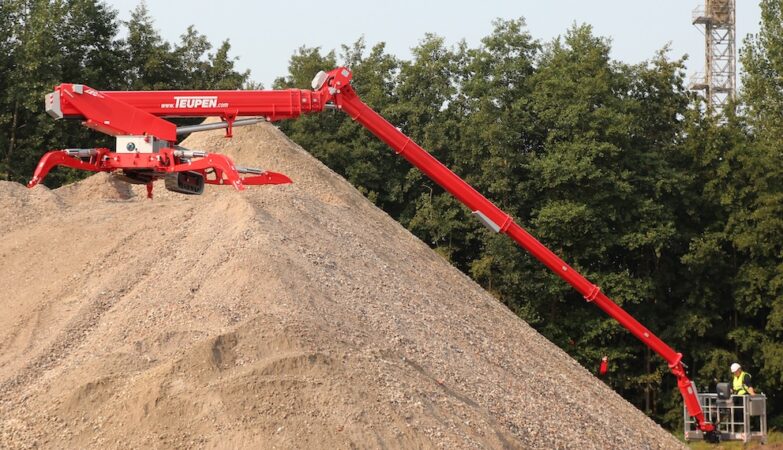As part of the revision of the European Weights and Dimensions Directive, the European Parliament has adopted a number of long-awaited measures by exceptional transport professionals. The revision thus includes the adoption at European level of the standard documentation of SERT (Special European Registration for Trucks and Trailers) for the registration of vehicles with abnormal loads, an initiative supported by the ESTA for many years. SERT aims to reduce the red tape and bureaucracy faced by the sector, and had been adopted by a small number of Member States. ESTA welcomes "the European Parliament's decision to harmonise national rules and remove administrative and operational bottlenecks."
"One-stop shop"
Other proposals adopted by the European Parliament include a country-by-country "one-stop-shop" for permits; standardized permit application forms; the use of e-permits; harmonization of escort rules and vehicle markings; the prohibition of language requirements for drivers and the availability of systems in all languages.
"The importance of the heavy transport industry to the entire European economy is finally being recognised by at least some of our partners. There is still a lot of work to be done for our proposals to be adopted. This is why ESTA calls on the Council to step up its efforts and support further harmonisation of abnormal transport in the EU," says Ton Klijn, Director of ESTA.
ESTA, the European Association for Exceptional Road Transport and Mobile Cranes, had led a long campaign for this vote in plenary. These proposals are now part of a consultation process between the Council and Parliament. If accepted in its entirety, the new revised directive will also require EU Member States to have a single point of access for all information on dimensions and weights related to exceptional transport. It calls on the European Commission to create a web portal that will contain all this information on the regulations on heavy and abnormal transport, as well as details of the routes that can be taken by vehicles carrying indivisible loads.
photo Archives ©capelle











